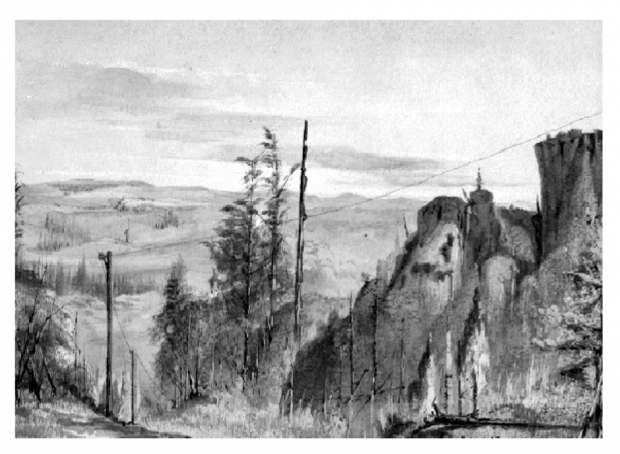What does the experience of nature look like when filtered through digital devices? How wild is ”wilderness” in the information age? Such questions underpin many current attempts to articulate the authenticity of nature, made urgent by the increasing presence of smartphones, GPS trackers, social media, and other forms of connectivity in nature. Many such stories place nature and wilderness under considerable pressure from information technology, while others bring our attention to potential digital augmentation of nature. See for instance Yolonda Youngs’ digital wonderland and Sarah Wilson’s observations on “the natureness of nature” and the digital, and the Environment and Society Portal’s “Wilderness Babel” for some examples of the last category. While it may not be all that fruitful to say that one side is correct and the other is wrong, it is obvious that nature is many things to many people. We can focus on a subset of nature in this post – the idea of wilderness, arguably the most ”authentic” form of nature. Even so, wilderness also makes it clear that nature is an intensely mediated space. While there are physical landscapes out there that we designate as “wilderness” we do so in the form of narratives shared in public in a variety of media, imbuing wild landscapes with meaning and significance. William Cronon’s influential and (for some) controversial 1991 article ”The Trouble with Wilderness” has shaped environmental historians’ understanding of wilderness in fundamental ways. Cronon leans quite heavily on the history of ideas and the history of religion when looking for the historical articulation of a particular idea of the sublime in nature – in other words, the thing we now know as wilderness. And in this process of articulation, wilderness was not only tamed, but also made as a cultural category. While the landscapes we designate as wilderness existed as physical entities before we came up with the modern idea of wilderness, it held an entirely different meaning. This double move is…
This is the first of two posts on wilderness in the information age, originally published on the Ant Spider Bee blog. This first post argues that we can best study ideas of wilderness when something breaks – and that it is at these points that we see most clearly how wilderness and information infrastructures are intertwined. The second post will apply this approach to a concrete historical example.
